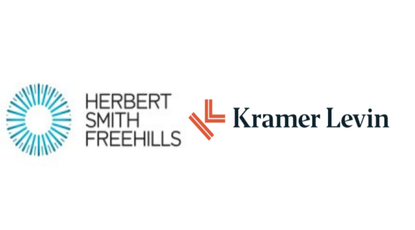-
Rising costs of high-profile lateral hires are creating discontent among nonequity partners in large law firms.
-
Nonequity partners feel burdened as resources go to lateral hires, impacting their own compensation.
-
The tension between laterals, equity and nonequity partners can ultimately lead to more lawyer exits.
Big Law firms are seeing the costs of lateral hiring reach new heights, particularly for star attorneys joining from competitor firms. While these hires can bring prestige and new clients, the financial strain is being felt internally—particularly by nonequity partners, according to a Law.com report.
Nonequity partners, who generally don’t share in the firm’s profits to the same extent as equity partners, are increasingly frustrated as resources are diverted toward attracting high-profile laterals. Some nonequity partners also feel they are being turned down for higher pay and promotion opportunities, despite their productivity or book of business.
Why this matters: The tension between laterals, equity and nonequity partners can ultimately lead to more lawyer exits, recruiters believe.
Contention Issues
-
Compensation: Although pay for equity partners is going up, “we are seeing some firms that are not raising compensation for nonequity partners, or in some cases, cutting compensation for nonequity partners,” Lauren Drake, a partner at the legal recruiting firm Macrae, told Law.com.
-
Promotion Opportunities: Am Law 200 firms grew their nonequity tier by about 5.8% last year. Firms are increasingly using the nonequity label for partners who are considered to be underperforming, but also keep raising the bar for what it takes to make the equity tier, which deepens frustration among partners. “These are people that do have business. They may not have the biggest books,” Drake said, but not long ago, they would’ve been significantly in demand.
-
Productivity: Some nonequity partners feel they may be more productive than laterals or equity partners, according to Dan Binstock, a Washington, D.C.-based recruiter for Garrison. Nonequity partners who are close to reaching the partnership levels may bill more hours or do more business than lower-performing equity partners, while still getting paid less, he said.
Bigger Bonus Pools
One way for firms to alleviate tension is to increase bonus pools for nonequity partners, particularly those who perform really well, Binstock said.
“Many nonequity partners have a bonus component to their compensation, and this affords firms more flexibility in terms of rewarding the most productive nonequity partners. That’s one obvious way to get around this tension by providing a deserved upside,” he added.







